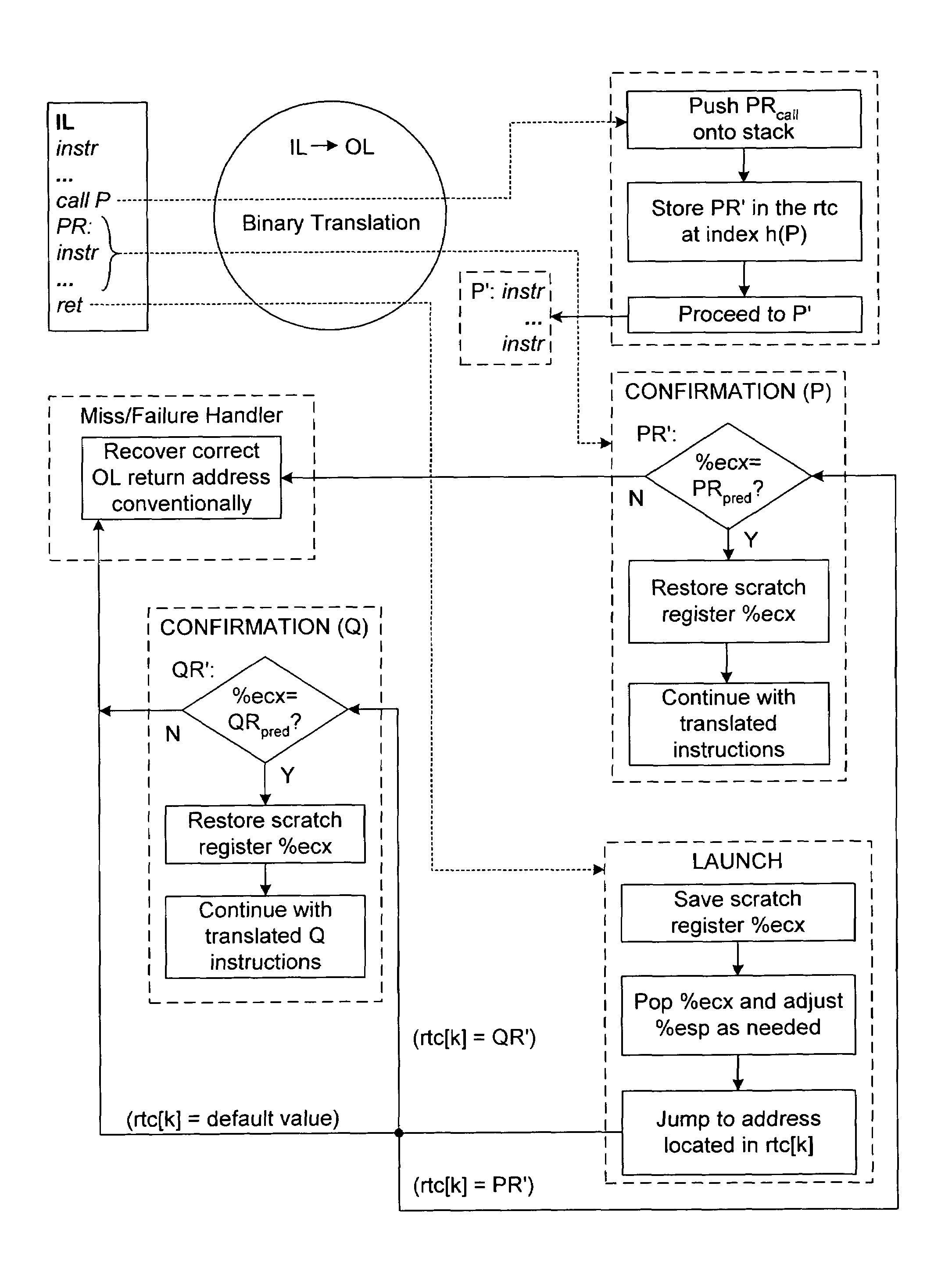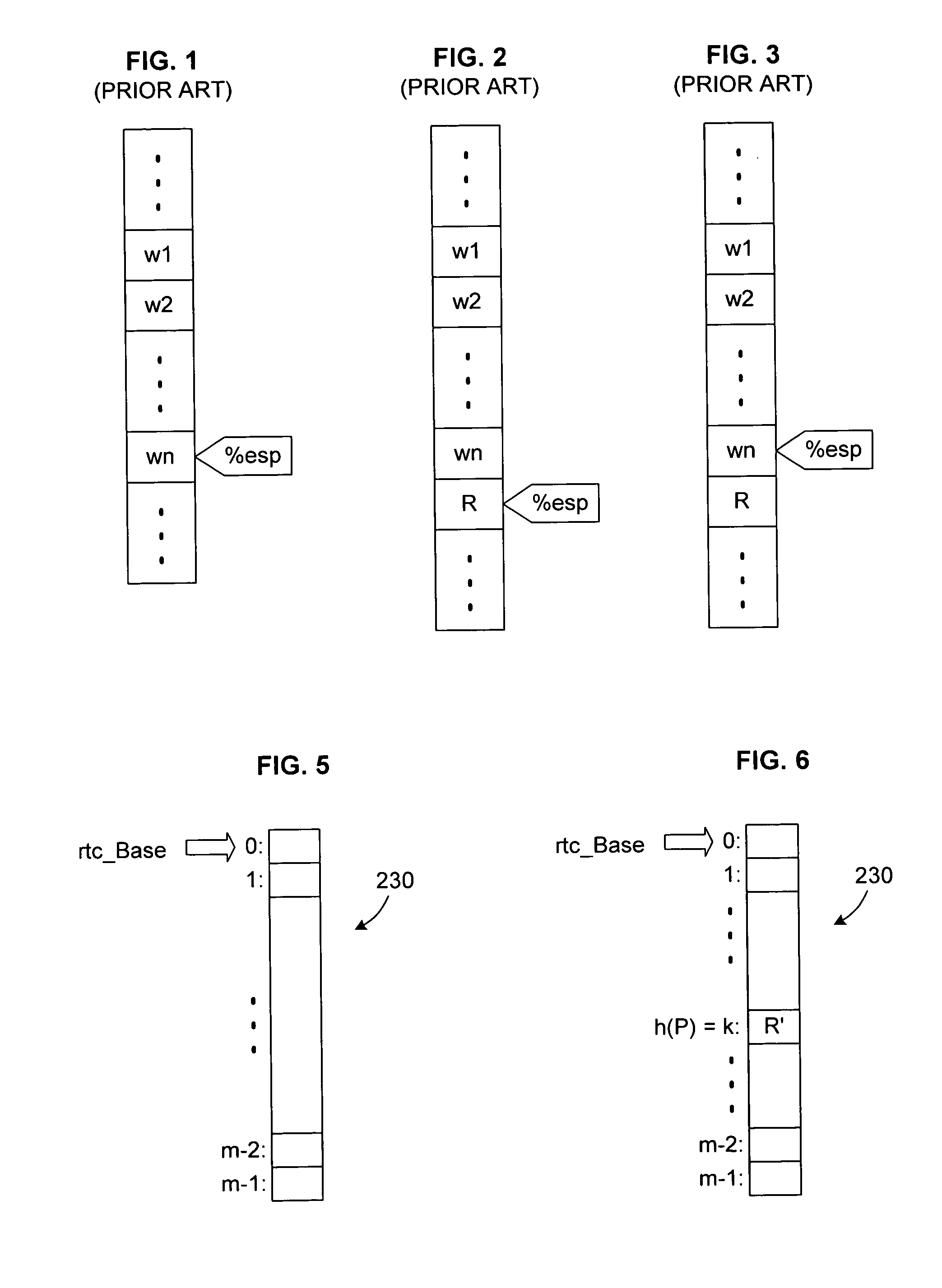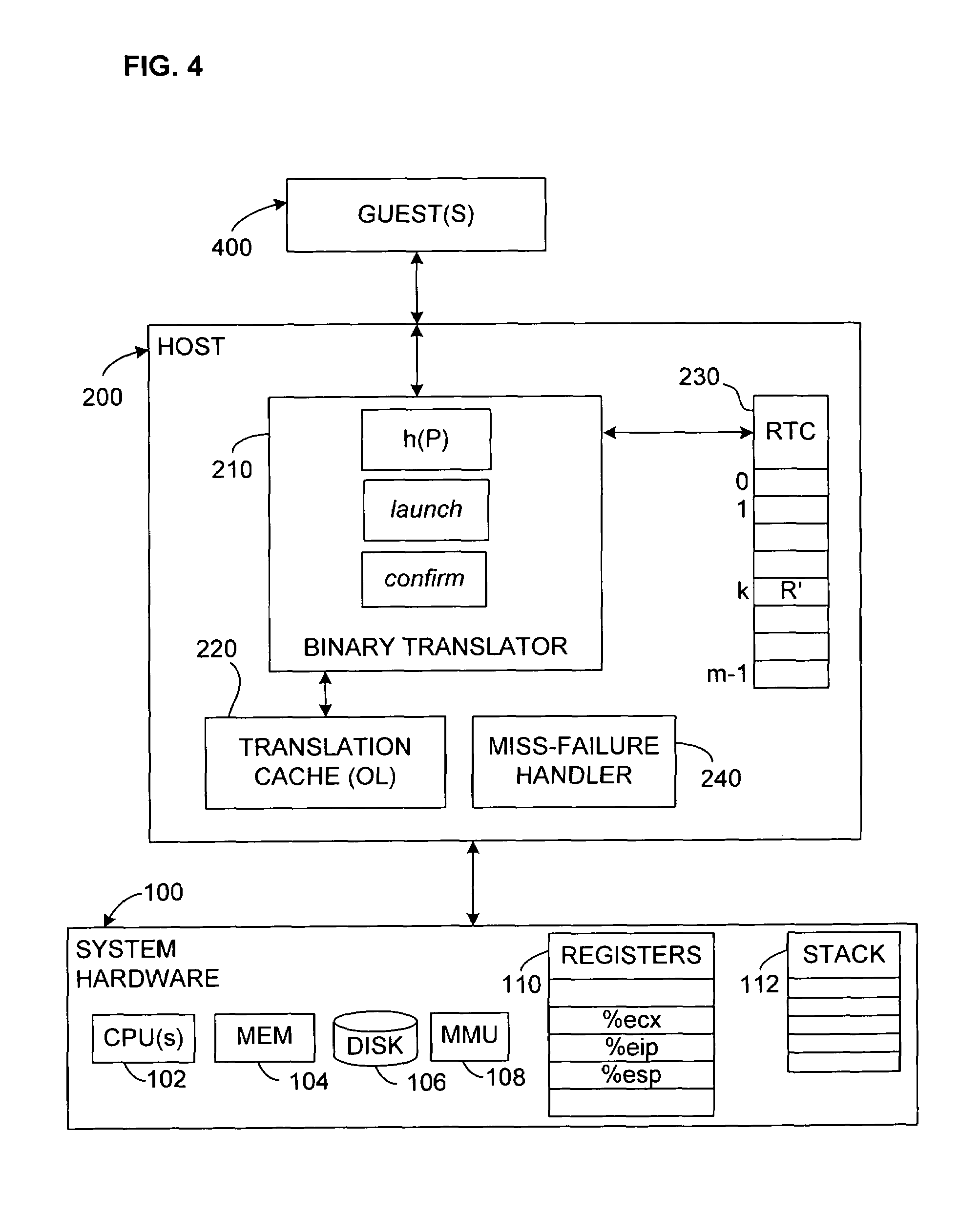The cost, however, stems from the difficulty of initial development, and the need for ongoing maintenance in the form of customization, defect
elimination, and development of
upgrade versions over the lifetime of the software.
One of the hardest challenges in
software engineering, be it initial development or subsequent maintenance, is the management of complexity.
In particular, preventing a change or addition to one part of a system from having unforeseen and undesirable consequences in another part of the system can require significant effort.
Consider, for example, that a large
software system may contain millions of lines of
program code, any one of which could potentially interact with any other, and it may be seen that the potential for errors is quite large.
Without this encapsulation, it would be very difficult to implement large-scale software systems.
As a result, during execution of programs written in this manner, computers will execute a large number of subroutine calls and returns.
First, storage is only committed to a subroutine's variables when the subroutine is active.
Non-stack-based techniques also exist for implementing subroutine calls, but they have limitations that make them less desirable than the stack approach, except when special circumstances call for their use.
Since there is only one such location per subroutine,
recursion cannot be supported.
In this case,
recursion can be supported, but the costs of heap-allocating and reclaiming the activation records tend to be higher than the costs of using a stack.
There are certain situations, however, in which hardware call and return instructions cannot easily, if at all, be used directly to implement subroutine calls and returns.
There may be several reasons why this could happen, for example, the original platform may no longer be available or economically attractive.
Thus, the
porting effort may be substantial and costly.
On the other hand, recompilation rarely accomplishes 100% of the
porting task; several things can get in the way.
Sometimes, these libraries are unavailable on the new platform and thus require the
porting effort to extend beyond the core piece of software.
In other cases, parts of the
source code for the
original application may have been lost, or over time may have become outdated as problems were corrected and extensions added to the software by “patching” the binary program.
In yet other cases, no
compiler may be available on the new platform for the source
programming language.
The present state of the art in binary code analysis, however, provides only limited capabilities and often incurs considerable analysis costs.
Moreover, OL-instruction sequences may be longer than IL-sequences, so even if no self-inspection takes place, lack of space may rule out placing OL instructions at the original IL addresses.
Achieving the first effect is, however, harder, because it is necessary to set the
machine's
program counter to the translated return address R′.
The problem with all these data structures is that even though they are optimized, they are still relatively slow when used in the translation of return instructions: A single IL return instruction is converted into a sequence of OL instructions that, among other things, perform the mapping from IL to OL addresses.
Moreover, since subroutine calls and returns are very frequent, the result is a noticeable slowdown when programs execute in a
binary translation system.
Empirical studies have indicated, however, that these techniques are prone to high miss rates when employed for returns, at least for some code.
When the miss rates become too high, performance will be dominated by the slower
backup strategies that
handle misses, which potentially cause more performance to be lost in the “miss” cases than were gained over the conventional solution in the “hit” cases.
A significant drawback of this solution is that the code sequence needed to probe the table is often even longer than the code sequence required to deal with inline caching.
The shadow stack may be of smaller capacity than the primary stack, in which case it will occasionally be unable to provide assistance when returning.
Similarly, in hardware designs, the “on-
chip” return stack is often non-architected state, meaning that there are no instructions to manipulate it directly.
For example, the cost of pushing items onto the shadow stack (in the call sequence) and popping items from the shadow stack (in the return sequence) can be substantial.
It is usually not possible to dedicate a
processor register to hold the shadow stack pointer, so this stack pointer frequently will be loaded from memory and saved back to memory.
Moreover, boundary checks to prevent shadow
stack overflow or underflow may also add costs.
Although an improvement over the prior art, the mechanism described in the '091 application may not be optimal for every application.
In some
binary translation implementations, for example, the capacity of the translation cache (TC) may be limited.
 Login to View More
Login to View More  Login to View More
Login to View More 


